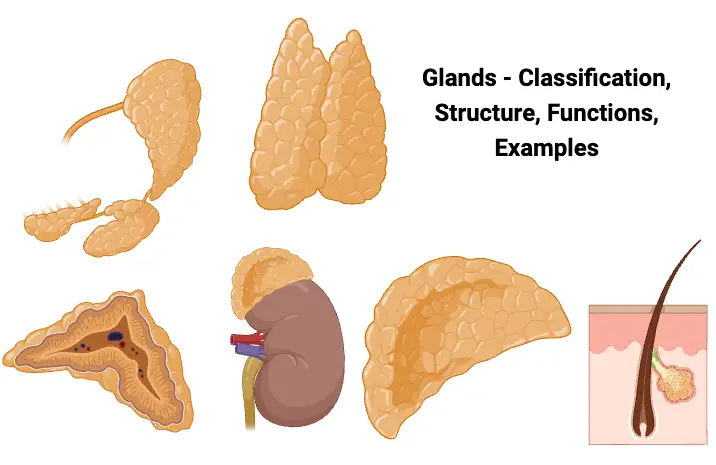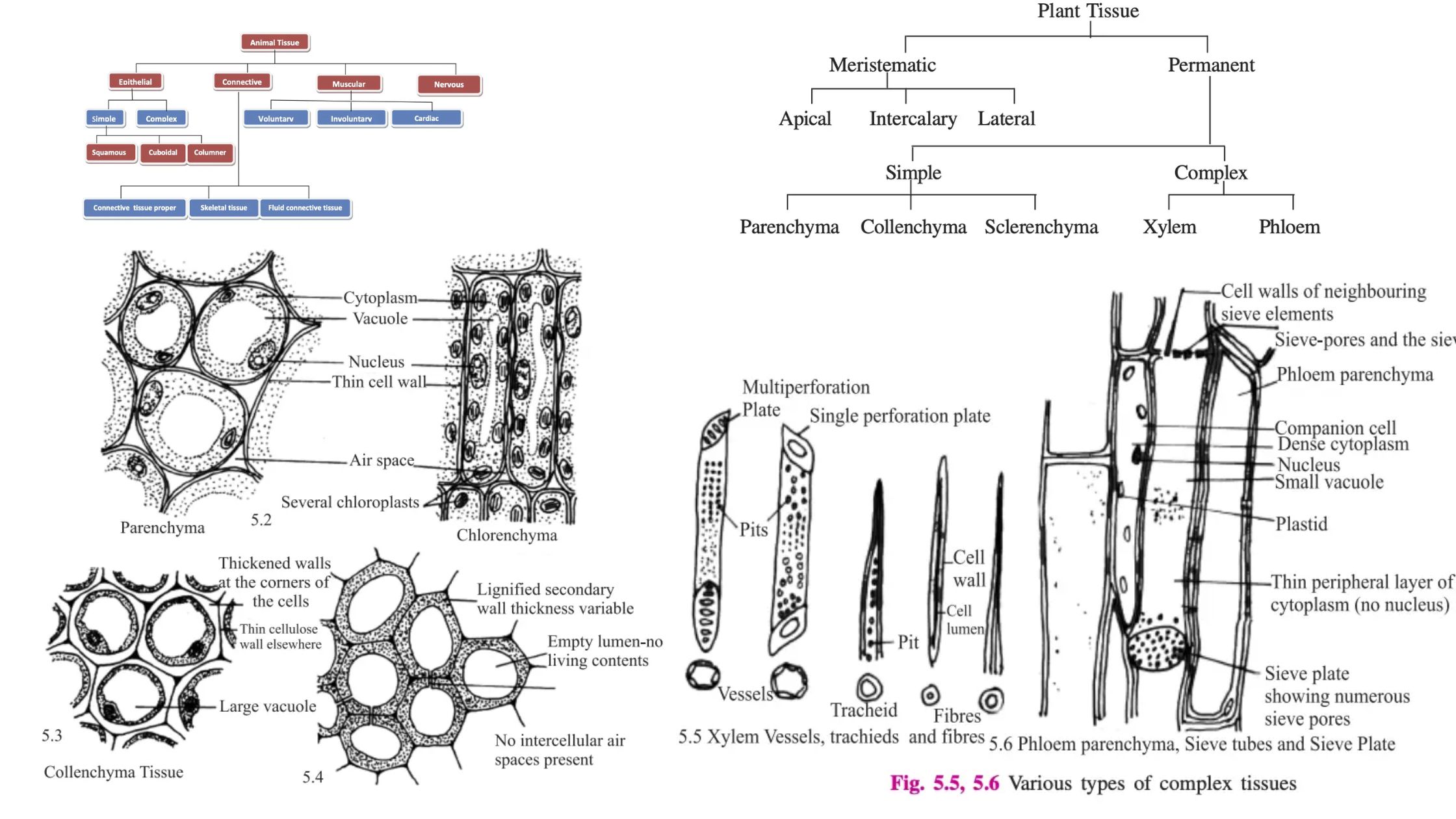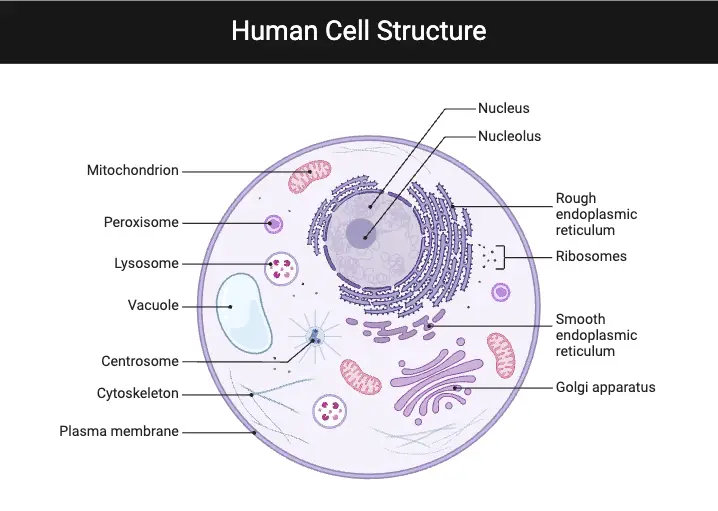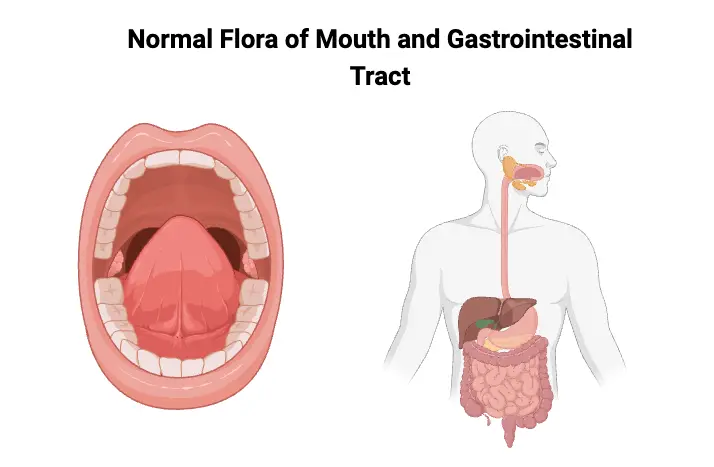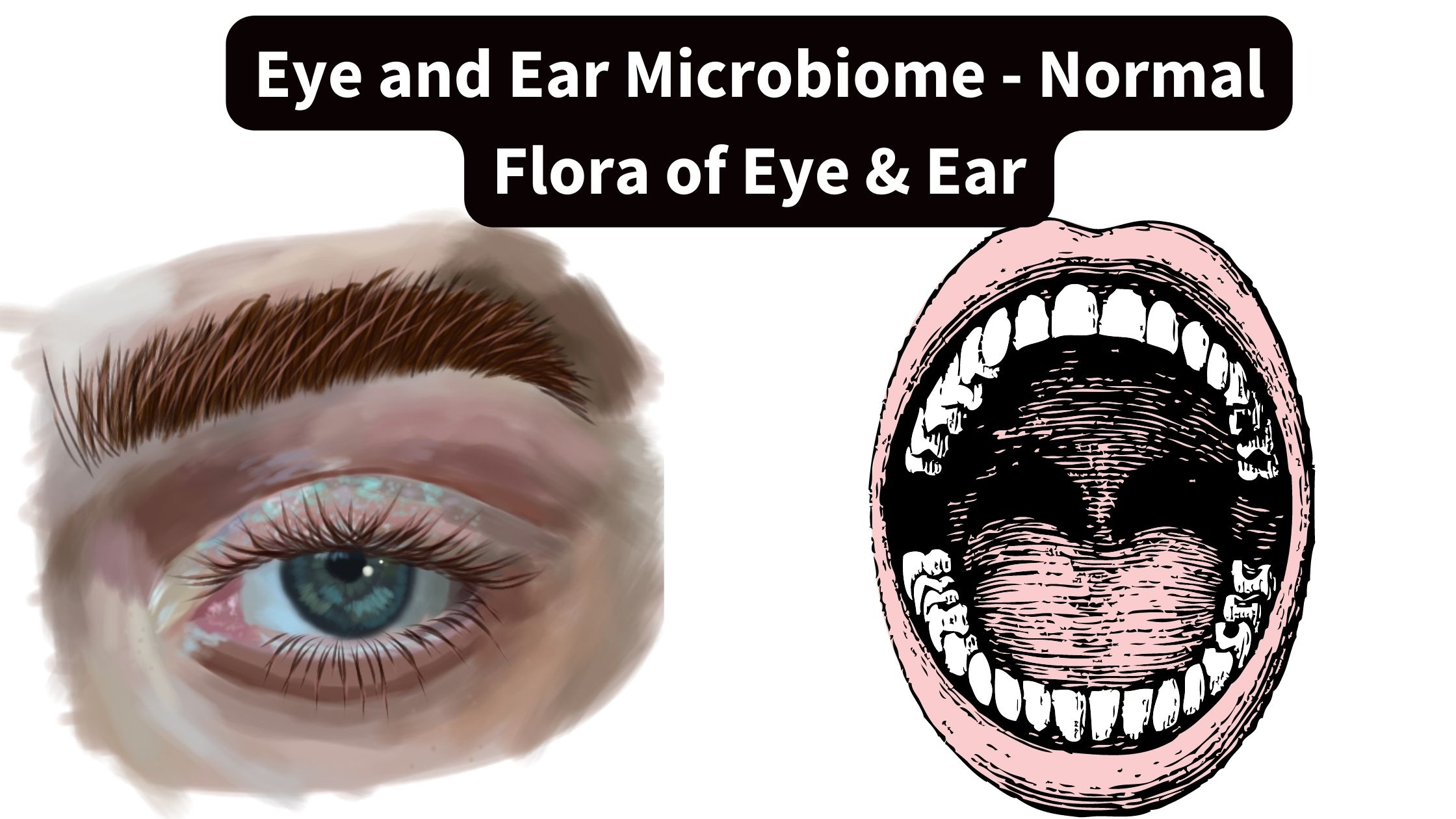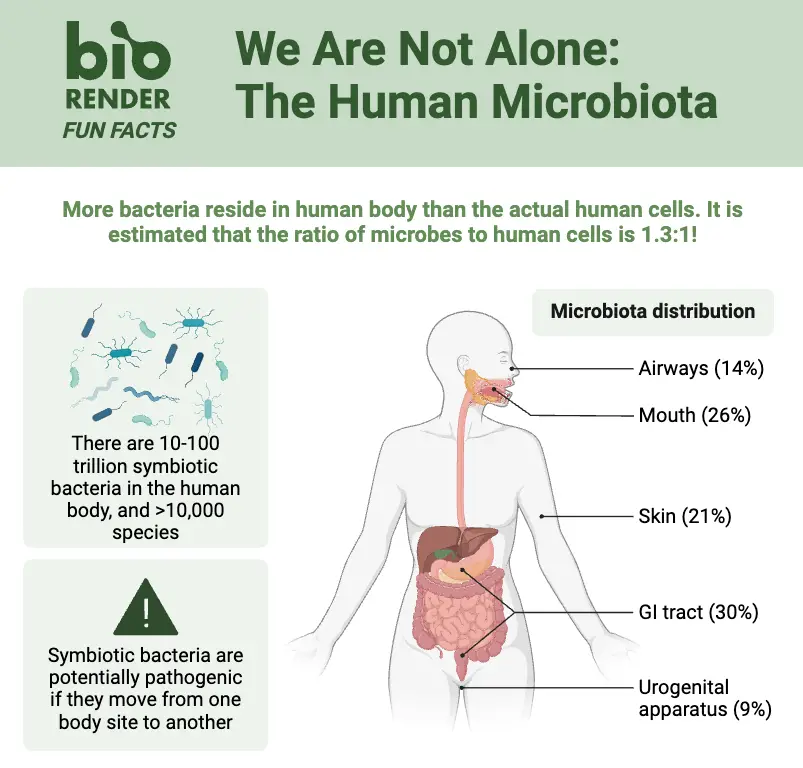Tomato Spotted Wilt Virus (TSWV) – Life Cycle, Structure, Symptoms, Vector
Tomato Spotted Wilt Virus, often called TSWV for short, is one of those frustrating problems that can really throw a wrench into your gardening plans or hit farmers hard. It’s not just a tomato issue either – this nasty virus has a surprisingly broad appetite, targeting everything from peppers and lettuce to popular flowers like … Read more



